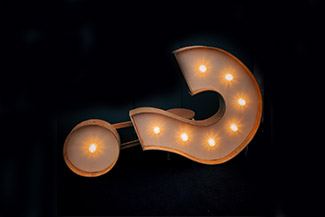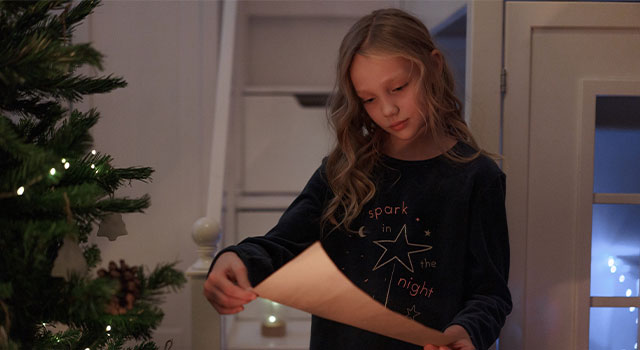
DIY Guide For Parents To Slow Their Child’s Myopia Progression
Parents go to great lengths to ensure that their children are happy, healthy and thriving. That’s why we encourage parents to learn about their little ones’ eye health and ways to minimize myopia (nearsightedness) progression.
What many parents don’t realize is that pediatric myopia increases a child’s risk of developing serious sight-threatening eye diseases later in life.
Compared with their peers, children with moderate to high myopia are significantly more likely to develop cataracts, macular degeneration, glaucoma, retinal detachment and myopic maculopathy later in life. Slowing down myopia or preventing it from developing will greatly increase your child chances of having healthy and clear vision for a lifetime.
The following guide is for parents of all children and teens, whether myopic or not, to delay the onset of myopia or slow its progression.
1. Increase Outdoor Time
Studies have shown that myopia development depends on how much time per day a child spends outdoors, especially during the day and in the sunshine. Although researchers haven’t yet unanimously agreed on the reason, they agree that kids who spend significant amounts of time outdoors tend to experience slower myopia progression than their peers who stay mostly indoors.
One theory is that spending time outdoors allows children to shift their focus from near objects to distant ones. Others suggest that the sun’s bright light is what slows down myopia.
We recommend that children ages 6 and above spend at least 2 hours per day outdoors in the daylight. Make sure to follow local health guidelines regarding wearing sunglasses, sunscreen, sun hats, and getting adequate hydration.
2. Limit Screen Time
Screen time is a big part of almost every child’s daily learning and recreational activities. That’s why it should come as no surprise that the global increase in screen time coincides with the rise of childhood myopia.
Researchers have found that children who spend a lot of time doing ‘near’ activities like reading and writing, or playing and working on a digital device, experience a higher rate of myopia than their peers.
If your child has myopia or is at risk of developing it, we recommend limiting your child’s daily screen time to no more than 2 hours for children over the age of 2, excluding homework. Toddlers and babies should have as little screen time as possible.
When your child is using a digital device, make sure the screen isn’t too close to their face. Limiting screen time and increasing the distance between their eyes and the screen will also help minimize the uncomfortable symptoms of digital eye strain, like headaches and blurred vision.
3. Encourage Frequent Breaks
Any activity that requires intense visual concentration, like reading a book or watching television, should be interrupted every 20 minutes on average.
Research published in the Journal of Investigative Ophthalmology & Visual Science found that continuous near work (like screen time and reading) contributes more to myopia progression than interrupted near work.
So teach your child the 20-20-20 rule: every 20 minutes, look up from whatever you’re focusing on and stare at an object at least 20 feet away for at least 20 seconds. This will relax the eye muscles and break visual concentration.
4. Schedule Regular Eye Exams
Yearly eye exams are important for all children and teens, especially those with myopia or at risk of developing it.
Some parents believe that under-correcting a child’s myopia with weaker lenses than their actual prescription will benefit their child’s eye health, but this is unfounded. Make sure your child is fitted with glasses or contact lenses that adhere to their exact lens prescription.
Make sure to speak with your child’s optometrist regarding myopia management treatments that can slow or halt their myopia progression. Many parents choose myopia management for their children to minimize their future risks of eye disease.
While you may struggle to limit your child’s screen time, one thing you can do is offer myopia management treatments to slow or halt myopia progression.
To learn more about what you can do to help preserve your child’s vision, call Silicon Valley Eye Physicians today.
Our practice serves patients from Sunnyvale, Los Altos, Mountain View, and Cupertino, California and surrounding communities.









